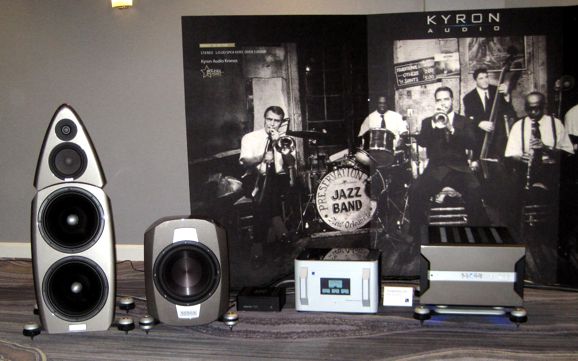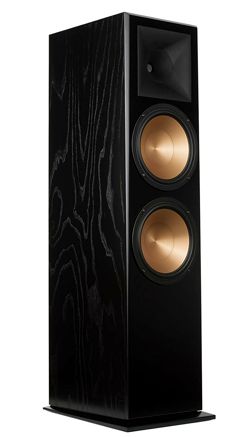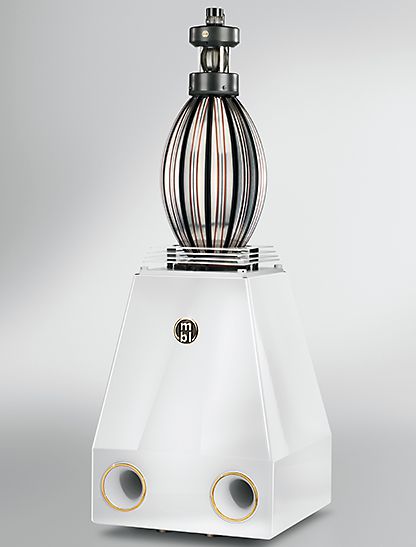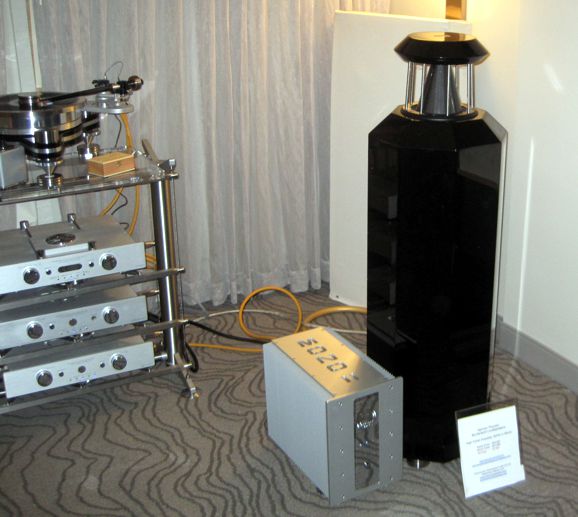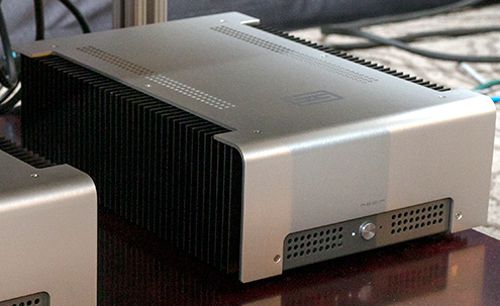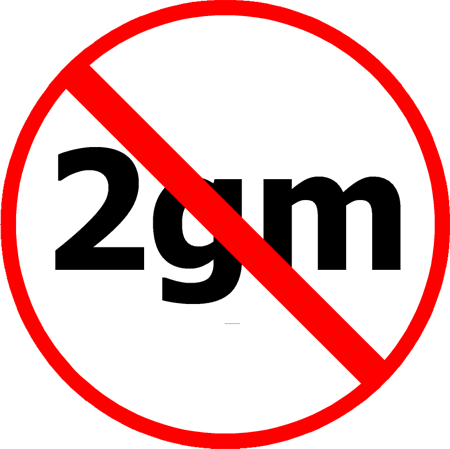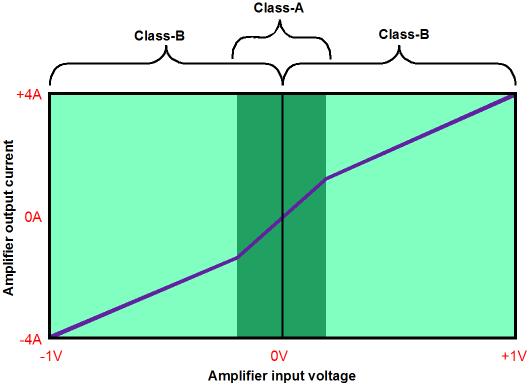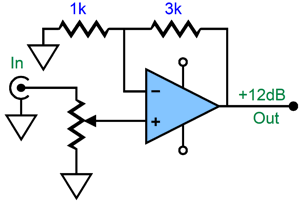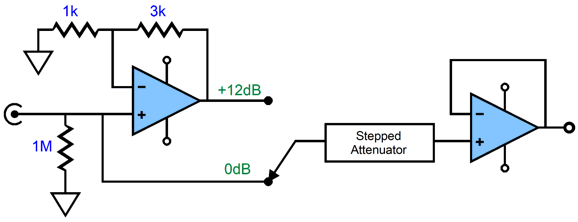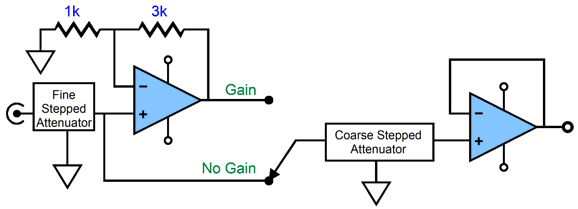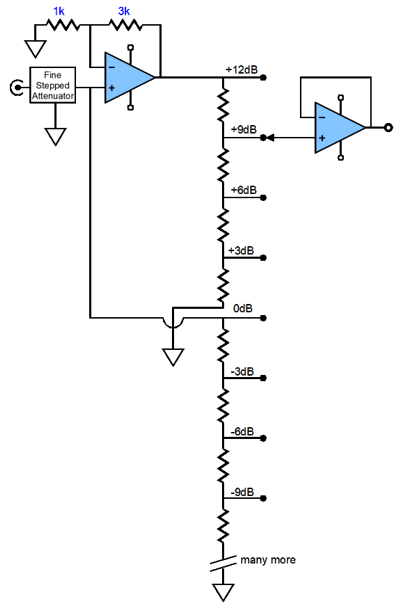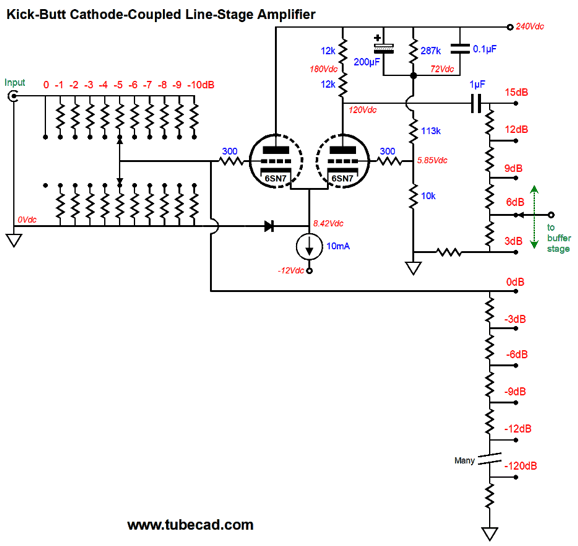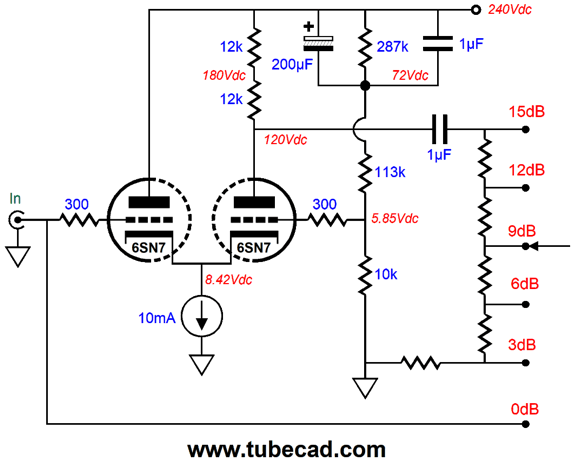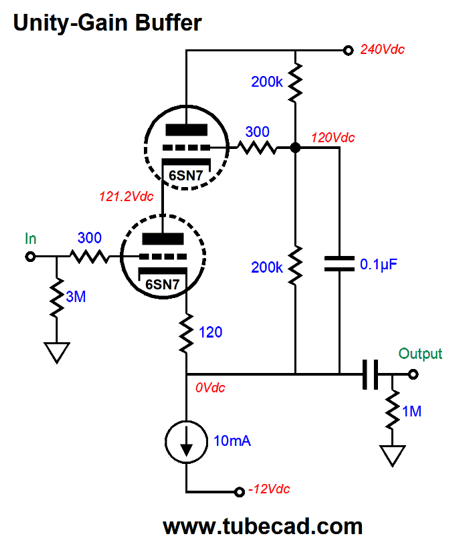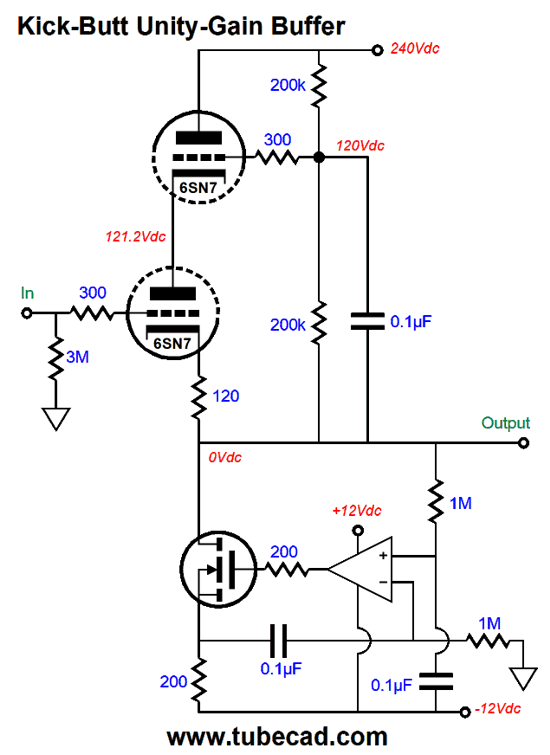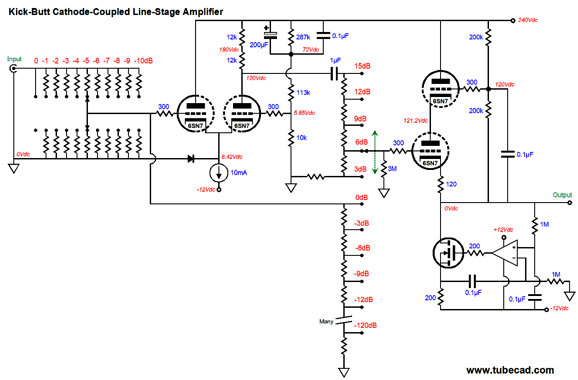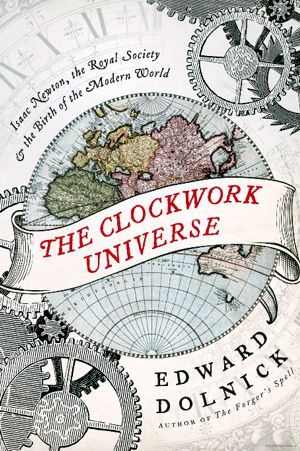| John Broskie's Guide to Tube Circuit Analysis & Design |
11 October 2018 Post Number 442
RMAF 2018 The quick answer is that I felt good leaving the 2018 RMAF, so much so that I expect this to be a comparatively short RMAF summery. Renewed vigor was amply on display. Although there seemed to be fewer exhibitors, the same amount of attendees seemed to roam the hallways. I sought out answers from the audio company representatives. I asked and was told that while 2016 had been brutal, 2017 and 2018 were definitely looking up in terms of interest and sales. My optimistic balloon was popped when a sagacious fellow utter two words: Survivor Bias. Yes, indeed. You can only interview the survivors, not the deceased. He went on to say,
As for my general impressions of the average sound quality, I would say it was better than previous years. Part of the credit must go to DACs just getting better and fewer server headaches on computer-based systems. The other part is that many products just got better, from headphones to loudspeakers. For example, the PSB M4U 8 headphones sound much better than their previous version. The Vanatoo active loudspeakers sound even better and they were amazing to start with; their Transparent One Encore model only cost $600 the pair (available now for $499) and are perfect for anyone who needs a pair of loudspeaker for his computer or bedroom. Insanely good bargain. One of the advantages of being part of the press, besides the US constitutional protection and preference, is that The Press is allowed in two hours earlier than the general public. Well, at least that is what is posted at the RMAF website and that was the practice during the last seven RMAFs I had attended. Not this time. I was denied the promised easy movement and solo listening sessions, so I rushed to the top floor, so I can use the stairs to get to the lower levels with gravity assist. Walking into the rooms on the eleventh floor, my ears weren't disappointed.
I brought my USB memory stick, but it was only half useful, perhaps less than half useful. Recent Apple Mac laptops and tablets no longer hold USB ports and many fear USB-born viruses—and a few rooms sported only LP playback. Still, I did get to hear about a dozen listens to the same song sung by the Spanish singer, Bèas. Interesting results. I fell in love her Album, Stolen Diamonds, two years ago and I have heard it many, many times on loudspeakers and headphones. The first third of the song, Moon Over Bourbon Street, she sings a capella, which is excellent for testing a systems clarity and cohesion. The track I use to evaluate speakers is Moonlight In Vermont, whose first third is purely instrumental.
Well, at this RMAF, only one system did the recording justice and that system cost $140,000, the DEQX/Kyron system, which included Kyron dipole loudspeaker, along with subwoofers and amplification that hold internal active crossovers.
The DEQX portion is a digital line-stage amplifier that is built in into the Kyron amplifier chassis, but that does not come close to describing what DEQX processor does. Here is quote from the DEQX website:
At the other extreme, costing only $3600 the pair, was the RF-7 III. I was surprised by how well the new Klipsch flagship Reference-Series speaker filled the room with big sound. To be frank, I haven't liked any new Klipsch loudspeaker that I have heard in the last twenty or thirty years—and I am big Klipsch fan. In high school, I owned one Klipschorn corner loudspeaker. Well, the RF-7 III tickled my ears. It was not perfect by any means, but its departure from neutral was towards a gutsy, muscular—dare I say it—manly presentation, ideal for blues, bluegrass, country, rap, rock, and most jazz. It seems that, ironically enough for a company known for its horns, Klipsch has finally tamed their new high-frequency horns designs. So, if you have heard the RF-7 III's predecessor, the model II, you have to hear the RF-7 III. Best of all, this loudspeaker efficiency comes in at 100dB, which means mega tube friendly.
When I mentioned the 100dB per watt at 1 meter SPL figure to friends, I received raised eyebrows. The argument went like this: the tweeter in isolation might put out 100dB, but the loudspeaker as a totality can't. I searched for as many reviews for the loudspeaker that I could find online and all stated the 100dB figure. Of course, they might have all just blindly quoted the Klipsch spec sheet, but I would expect at least one to voiced some doubt about the 100dB SPL, if the speakers didn't thunder. (You can find PA and musical-instrument speakers that put 100dB, they usually hold more woofer area than two 10-inch drivers.) If you are in doubt, just bring your flea-powered amplifier to the audio showroom and give it a listen.
Omnidirectional Loudspeakers
The ears are also happy with them in a room, as they produce a natural-sounding stereo image. The second omnidirectional loudspeakers I heard was made by another German company, German Physiks, the Carbon MK IV—or at least I believe that was the model; I cannot be sure, as the flyer didn't reveal the model's name. The speaker uses an improved Walsh driver with built-in subwoofer.
I didn't like this model as much as I had like the smaller one that I mentioned so favorably in post 310 , but I can easily imagine it appealing to a different sort of listener, one who doesn't fret over extracting the last quantum of detail, but wishes to immerse himself in a lovely, expansive sonic environment, much he would enjoy dipping into a warm bath at the end of a hard day. Where most high-end loudspeaker tend to yell or spit at you, these omnidirectional (and good dipole) loudspeakers pour out music.
Aegir: the First Continuity™ Amplifier
Once again, this is a big deal. What is not a big deal is the cost, as the stereo Aegir amplifier only costs $799, which many would deem the appropriate cost of a budget headphone amplifier. It is easy to make a good $7,990 power amplifier; easier still, a $79,900 amplifier; but it takes genius to make a great $799 power amplifier. Genius and Schiit Audio are intentionally isomorphic.
Prediction:
See posts 331 and 332 for more information on constant-gm output stages.
Where is the Best Sound of the Show Report?
Kick-Butt Cathode-Coupled Line Stage
Shown above is a simple +12dB line stage amplifier that uses an OpAmp. The volume potentiometer attenuates the input signal as needed. Okay, simple enough. Now, consider that we often do not need a signal gain at all, only a buffed output driver to drive the power amplifier and interconnect capacitance. Well, what if we break the line-stage into to separate functions: gain stage and output buffer.
Now, we get signal gain when we need sign gain. In addition, we use a high-quality stepped attenuator in place of the volume potentiometer. Even better would be to use two stepped attenuators, one in fine -1dB decrements and one in coarse -3dB decrements.
Actually, if you have ever used a stepped attenuator with -3dB decrements, you know that this amount granularity actually is fairly fine, not coarse. The logic here is that the fine stepped attenuator would also double as balance control, as each channel would gets its own fine stepped attenuator and both channels would share a stereo coarse stepped attenuator.
As you can see from the schematic above, a volume potentiometer could never be used in this application, as we need to effectively set up two series stepped attenuators per channel. In other words, we would just rotate the coarse volume-control knob and the switching internal to this stepped attenuator would select gain or no gain for us. Goldpoint makes a 47-position stepped attenuator that would have to be be hotrodded to work here, but I as I have know Goldpoint's owner for over 30 years, not much arm twisting would be needed. Okay, if you are wondering where the tubes are, there here.
This is a cathode-coupled amplifier with my signature Aikido mojo thrown in. The problem of dissimilar cathode-to-grid DC voltages is solved by feeding the triode on the right a 5.85Vdc bias voltage. The problem of poor PSRR is solved by injecting a small portion of the power-supply noise into the right triode's gird. A constant-current source loads the coupled cathodes. An alternative approach would be to terminate the constant-current source into ground.
Why the two possibilities? If we terminate into the -12V power-supply rail, we could use an OpAmp to make a high-performance constant-current source. If we use ground as the termination, we could use an IC constant-current source, such as the LM334. Now, let's move on to the unity-gain buffer.
Once again, a 6SN7 is used, if only because they look cool. of course, many other dual triodes could be used, such as the 6CG7, 6DJ8, 6H30, 6N6, 12AU7, 12BH7, 5687, ECC99... The cascoded cathode follower offers a low input capacitance and an excellent PSRR figure, as the top triode shields the bottom triode's plate from the power-supply noise. Since the bottom triode sees a nearly constant cathode-to-plate voltage, its distortion is low. With a 6SN7, the output impedance is less than 500 ohms. If you are wondering why a coupling capacitor was used when the buffer's output already sits at ground potential, the answer is that it may not sit at 0V, especially at startup, when the output voltage will be close to -12Vdc. If we wish to eliminate the coupling capacitor, which is what Kick-Butt design is all about, we must get clever.
The constant-current source has been replaced by a compliant-constant-current source (CCCS), which establishes a DC-free output and matches the triode's idle current. In other words, the CCCS does NOT work to maintain a fixed idle current; instead, it works to match the preexisting idle current and offers a staggeringly high output impedance. The two 200k resistors save the day, or rather the first minute, when the triode are still cold at start-up and not conducting, as they complete a current path for the CCCS to connect to the B+ voltage and, thus, still maintain a 0V output voltage. Okay, let's put all this together. Click on schematic to see enlargement What we have is a truly kick-butt line-stage amplifier. We get signal gain only when we need it. We have a means for setting the balance between channels and setting a precise output level. In addition, only one coupling capacitor—and that coupling capacitor is only in the signal path when gain is needed. Wrap this circuit in an expensive enclosure and slap a $20,000 price-tag on it and everyone one is happy.
Book Review: The Clockwork Universe As I read the book, I kept waiting for Dolnick to fall off the historical tightrope, saying such ahistorical things as the Catholic Church tormented Galileo for depriving the Earth's golden, exalted position in the universe, when something close the exact opposite was true: the further you went from the heavens, the worse things got, with sulfurous Hell at the Earth's center. (Nor was Galileo a particularly nice guy, being much closer to a royal PIA.) Dolnick never fell. In addition, he has a degree in In short, this is not the first book one should read on the topic of Newton and the 17th century, but it should be the second. I got the feeling that Dolnick wanted to fill in all the equally important stuff left out of the textbooks, such as what a hellhole life was in 1660 in England, what a universal genius Leibniz was (as Wikipedia points out, "Leibniz may have been the first computer scientist and information theorist"), what a horrific screwing Leibniz receiving from the Royal Society (secretly Newton), and how what a God-obsessed century was the 17th. (I just figured out how to sneak some audio into this review. ) At the RMAF, as a group of us talked away, I mentioned that the unsung positive audio adjective was quaffablity, that rare attribute of great audio systems that makes us want to keep on listening. Well, this book was quaffable in the extreme. The chapters are short; the prose is lively; the anecdotes are new and interesting. Read the book and do yourself a favor.
Music Recommendation: Claudia Lovato (Beàs)
Mirabile dictu, i.e. wonderful to relate, Tidal Music Service offers it. Be sure to search by the album title, not her name. If you want to listen to her Stolen Diamonds album, search for its title, not her name.
//JRB
If you enjoyed reading this post from me, then you might consider becoming one of my patrons at Patreon.com
User Guides for GlassWare Software
For those of you who still have old computers running Windows XP (32-bit) or any other Windows 32-bit OS, I have setup the download availability of my old old standards: Tube CAD, SE Amp CAD, and Audio Gadgets. The downloads are at the GlassWare-Yahoo store and the price is only $9.95 for each program. http://glass-ware.stores.yahoo.net/adsoffromgla.html So many have asked that I had to do it. WARNING: THESE THREE PROGRAMS WILL NOT RUN UNDER VISTA 64-Bit or WINDOWS 7 & 8 or any other 64-bit OS. I do plan on remaking all of these programs into 64-bit versions, but it will be a huge ordeal, as programming requires vast chunks of noise-free time, something very rare with children running about. Ideally, I would love to come out with versions that run on iPads and Android-OS tablets. //JRB |
John Gives
Special Thanks to the Special 67
I am truly stunned and appreciative of their support. In addition I want to thank
All of your support makes a big difference. I would love to arrive at the point where creating my posts was my top priority of the day, not something that I have to steal time from other obligations to do. The more support I get, the higher up these posts move up in deserving attention. Only those who have produced a technical white paper or written an article on electronics know just how much time and effort is required to produce one of my posts, as novel circuits must be created, SPICE simulations must be run, schematics must be drawn, and thousands of words must be written. If you have been reading my posts, you know that my lifetime goal is reaching post number one thousand. I have 558 more to go. My second goal is to gather 1,000 patrons. I have 933 patrons to go. Help me get there.
Support the Tube CAD Journal & get an extremely powerful push-pull tube-amplifier simulator for TCJ Push-Pull Calculator
TCJ PPC Version 2 Improvements Rebuilt simulation engine *User definable
Download or CD ROM For more information, please visit our Web site : To purchase, please visit our Yahoo Store: |
|||
| www.tubecad.com Copyright © 1999-2018 GlassWare All Rights Reserved |



